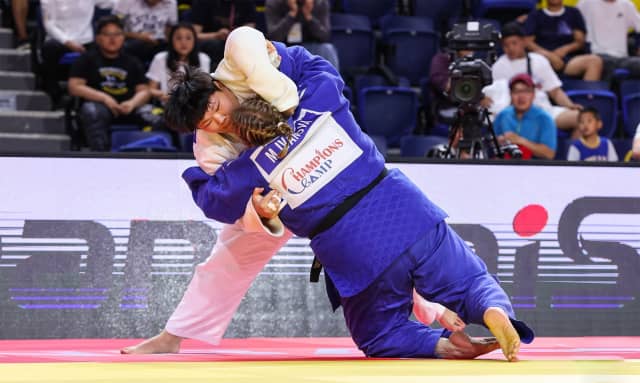During the first two days of competition in Ulaanbaatar, we saw the best judoka in the light categories. If there is a lot of movement in the lighter divisions, as the competition unfolds, you can feel that the power and strength gradually increase.
It is obvious and no-one will be surprised, that the judo of -60kg or -48kg has nothing to do with +78kg and +100kg; it is not breaking open doors to say so. It is on the contrary to underline the richness of judo. In this context, however, there are commonalities. The first is the desire of each competitor to win and if possible to do so with a positive score. Then when this is not possible, there is always the possibility of playing more tactically. It is often the combination of the two that allows victory.
On this third day of competition, we had the rights to everything: spectacular techniques, a keen sense of tactics, power and strength. Varlam Liparteliani's career has been exemplary in this regard. Although slightly diminished physically, he knew how to play on all fronts to reach the final. The performances of the Israeli team are also interesting. Obviously, the training camp done in Japan before the grand slam paid off. Shani Hershko's women sparkled in Mongolia, both technically and tactically. The Mongolian team is not to be outdone, it has pleased its audience. And what about Japan, which on the second day won all four titles at stake, not to mention the others?
We feel it, there is still work to be done for the nations that want to appear in Paris in a little over a year. There will be analysis in the air and a lot of uchi-komi, nage-komi and randori, which is the essence of judo training. Without this backbone, nothing would be possible. The five categories of the day have shown it to us again, like the previous ones and finally, each event of the World Judo Tour is only a reflection of everything that happens on a daily basis in dojos around the world.


